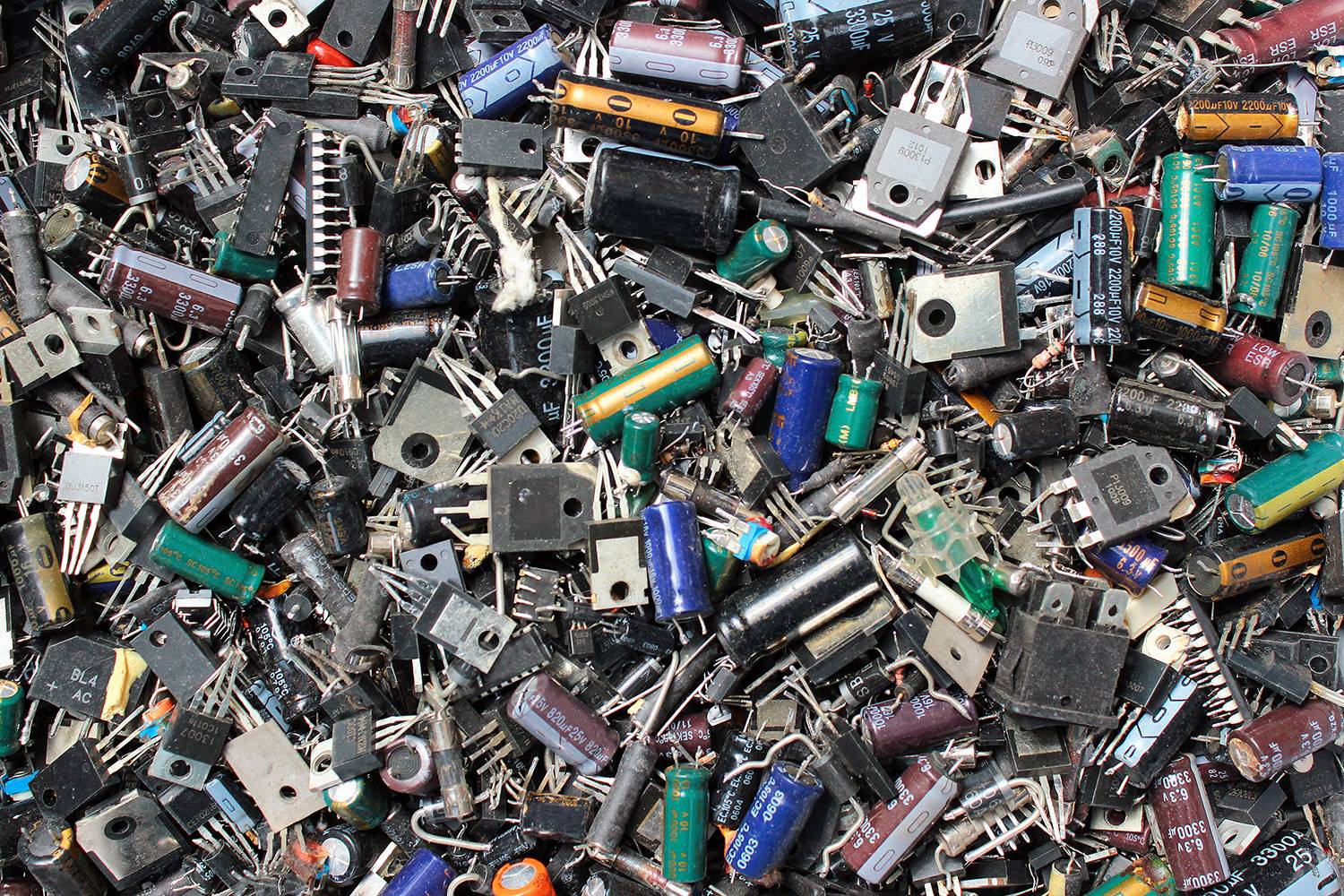How E-Waste Encourages Competitors to Collaborate
In a new study, Tuck professor Laurens Debo searches for optimal e-recycling scenarios.

In order to recycle or otherwise dispose of electronics most efficiently, competing manufacturers have formed coalitions.
Most of the time, when we’re done using the things we buy, it’s our responsibility to dispose of them properly.
But for consumers in the European Union and 25 states in the U.S., there’s one notable exception: electronic waste. In those areas, the manufacturers of electronic products—such as computers, mobile phones, and televisions—are required by law to arrange for the end of the items’ lifecycle. The general term for this kind of regulation is “extended producer responsibility,” or EPR. The EU was the first governmental organization to implement EPR, with its 2002 Waste Electrical and Electronic Equipment Directive. The following year, states in the U.S. began enacting their own forms of product stewardship legislation.
As you might guess, recycling complex electronics is not easy or cheap. The process benefits from economies of scale, and that has led to some unlikely partnerships. In order to recycle or otherwise dispose of electronics most efficiently, competing manufacturers have formed coalitions. For example, Gillette, Braun, Electrolux, and Sony teamed up to create the European Recycling Platform.
Laurens Debo, an associate professor and Bundy Faculty Fellow at Tuck, is an expert in supply chain management and has been intrigued by these uncommon coalitions. “They’re competitors in the primary market and collaborators in the recycling market,” he says. “They kill each other on one side, and work together on the other side.” For Debo, these partnerships are important to understand—if they’re successful, they could result in high rates of recycling and the lowest possible cost to consumers. And if the partnerships fall apart, e-recycling may suffer, and consumers will be paying more, since individual firms will end up recycling on their own at a higher cost per unit.
The question is: what are the optimal conditions for long-lasting e-recycling coalitions? Debo, along with coauthors Fang Tian of Pepperdine and Greys Sosic of the University of Southern California, studies this question in a new working paper titled “Manufacturers’ Competition and Cooperation in Sustainability: Stable Recycling Alliances.”
They find that the most intuitive coalition formats are the best, except when certain unique market conditions prevail. “We are interested in the coalition formation,” Debo says. “Because if you have different companies with different objectives and cost structures, then it’s nontrivial to find a stable coalition.”
They’re competitors in the primary market and collaborators in the recycling market. They kill each other on one side, and work together on the other side.
To learn more about recycling strategies, the authors use two models: asymmetric manufacturing (where two firms recycle three products) and symmetric manufacturing (where two firms recycle four products). They analyze these models in two hypothetical settings: where the government dictates how firms recycle (the “social problem”), and where the government allows firms themselves to decide how they will recycle (the “endogenous problem”).
They find that if the government controls how firms recycle, and if there aren’t specialized recycling companies that firms can outsource to, the “product-based” recycling structure generates the highest welfare. This is where firms partner with competitors to recycle similar products together. This is the optimal scenario because the waste stream will be homogenous, and it’s easier to recycle things when they are all the same. But if there are economies of scale to leverage, the firms will either outsource to, say, a mobile phone recycler (“market-based”), or to a company that recycles all forms of e-waste (“all-inclusive”).
The same results hold in the endogenous problem format: the product-based, market-based, and all-inclusive strategies are still the most stable. But there is one important exception. When market competition is very intense and there’s one dominant firm, a different structure may emerge. Under these conditions, firms may choose to forego a coalition and recycle on their own, as a strategy to hurt their competitor.
“Based on our results,” they write, “we conjecture that the all-inclusive recycling should be adopted in markets with the intermediate level of competition when the potential economies of scale is high, and that the market-based recycling should be preferred when that potential is low. When competition is intense and high recycling volume can significantly reduce recycling cost, firms with a rich product portfolio and strong market presence should adopt the firm-based recycling strategy.”
Debo and his coauthors hope to make regulators aware of the possible consequences of different implementations of EPR. “Society benefits most when firms form coalitions to reduce the cost of recycling,” he says. “But where firms have an incentive to recycle on their own, perhaps that’s when government should take a keener interest in the outcomes.”

